From Amsterdam to New York
Why does he talk about his flight experiences in a blog about traveling by train? Obviously there is no train yet between the European and the American land mass. I have checked the possibility to go by cargo ship, but eventually the only practical way is by air.
For the first time after more than five years I have to go flying again. Pessimism is my nature and so I am considering what can go wrong. Getting to the airport involves either taking a taxi or a combination of the first tram in the morning and the train. My experiences with taxis to the airport are bad: they seem to be confused by my address, either arrive late or go to the wrong destination. Not to even mention traffic jams and road closures. However, it also happened before that the first tram in the morning did not come, trains were delayed or the line closed for various reasons. Pressing a friend into bringing me to the airport at 7 am is no option. My friends like to sleep in.
The other point of risk is the weather. Also trains can be delayed or canceled. Trains are flexible; you can always take another, later one. However, if your flight is canceled your whole travel planning goes down the drain. Two weeks before departure I start checking weather reports. It is begin of December and it can get rough. I cross my fingers, the long term prediction is fine.
The next point of concern is the check-in and immigration procedure. Airports tend to loose my luggage so I will only take carry on items. I pack two backpacks of exactly the maximum size allowed to take with me and 12.2 kg instead of the allowed 12 kg. I leave behind my toothpaste and my dear and inseparable pocket knife. It is the middle of winter. I will wear as many clothes and in particular all the heavy winter clothes on my body. When traveling on trains I am used to carry overweight luggage. There is no limitation to kind, size or weight. For once, at least, my sore back will be grateful that it doesn’t has to cope with 40+ kg.
US immigration is known to be a hassle. The ESTA application is unnerving. Filling it in takes about the same time as the wait for approval which I received in less than an hour. That, of course, still does not mean that they actually let you in.
Flying, of course, is a relative recent way to travel oversees. For more than 400 years after the discovery of America by Columbus, until as recently as the 1960’ies travelers had to take a ship. In 1912, 18 year old Katharine Stollmayer sailed on the Prinz Friedrich Wilhelm from Bremen in Germany to New York. The crossing took 12 days. However, to board the ocean liner, most travelers first had to get to the port of departure. Young Katharine first had to travel to Bremen from her hometown of Arad, then in the K & K Austro-Hungarian Monarchy, now in Romania at the border with Hungary. Today it would take 18 hours to cover the distance of around 1500 km by night and high speed train. More than 100 years ago it would have been considerably longer.
Katharine Stollmayer, again, was lucky enough to be born in a time when railroads and steam powered ocean liners had already reduced the traveling time and risks. Imagine doing the trip first by stage-coach to the port and then by windjammer across the North Atlantic. The technical innovation had its consequences. In the 10 years before the first world war the number of immigrants had reached an average of around 1 million, numbers which were not reached again until 1990.
Manhattan from Manhattan bridge
The weather report changes to the worse the closer my point of departure comes. Two days before the scheduled departure a heavy storm is coming up out of nowhere and announced for the afternoon and night before the departure, and the morning of departure.
The other Manhattan from Manhattan bridge
Check in for a flight to the US starts 24 hours before departure. I get an invitation to do so. I follow the steps with good belief and eventually I get a confirmation, but no boarding pass. Of course there is no reason or information given. You are held in the limbo whether there is a problem with you or with the airline. The flight is carried out by DELTA, but the bureaucracy is handled by KLM. A couple of hours later they duly send me another invitation for check-in. With the same result. I still will have to line up in the probably endless queue at the check-in desks to get my boarding pass.
Chinatown from Manhattan bridge
The night before the wind is howling around my house. Deluges of biblical dimensions flood the yard and front garden. I expect the worst. In 2 hour intervals I check MY TRIP and the public transport disruptions on the internet but the answer stays at “on time”
I am at the tram stop around 20 minutes early. For 19 minutes I wait in the shelter alone watching car drivers trying to drench the few living souls daring to be outside without a wheeled metal body around them. The tram is on time.
When I walk up to the platform a train is about to pull in towards the Airport. I will have to change at the next station, but it is always better to take the one that is there and actually running than a later, direct one which might never come. As soon as I sit on the train I feel at ease. It is warm and pleasant inside. The chassis rocks gently from the gusts of wind.
There is very little time to change to the connecting train for the airport at the next station. I ask somebody but when I see a KLM stewardess in her full outfit I know that I got the right one. I arrive at the airport station a quarter of an hour before the recommended time to show.
Streetlife, Manhattan
I am also lucky to find a telecom shop right next to the exit of the airport station selling SIM cards valid in the US. Of course I have no idea how to insert it into the phone. The employee of the shop neither. That the shop is covered by merciful darkness does not help to detect the tiny hole to be pushed to uncover the SIM tray. Eventually we manage to find it and I even succeed in activating the card. Yet I am still not on a departing plane.
The departure board still announces a punctual departure of my flight. I walk to the check-in counters and of course first try the empty premium and first class rows. They have no mercy and I dutifully retreat and file into a queue of nervously chattering Indians with truck-loads full of luggage. Progress is slow, but eventually I end up facing a friendly girl checking my passport and producing a boarding pass without further questions or explanations.
Next obstacle is the automatic reader which opens a gate to let the holder of the boarding pass enter. Things like that usually go on strike when I try to use them. I present my brand new piece of paper to a green cyclopic eye and, magically, the gate opens.
Obstacle number 2 is the baggage safety check. Three trays are needed for my belongings. With the belt in my hands I approach the X-ray machine. They look at my brand-new shoes. “High or not-high” they ask. I lift up a foot and look at the sole but they refer to the shaft. It is regarded as low. With my shoes on I stand in the machine and a girl looks intently at my exposed body. Is that correct? What is she looking at?
On the far side of the X-ray machine a switch in the conveyor belt separates innocent from suspicious luggage. Only one of my trays ends up in the line of suspicion. It undergoes a thorough inspection but nothing of concern is found. I re-dress and am free to walk into the shopping paradise. Almost 1.5 hours left until time of boarding, if boarding ever will take place.
The cafe
I walk to a cafe in the area where my departure will happen and use my newly activated SIM account to scan a QR code to order coffee and some breakfast. The departure board still seriously confirms a punctual departure of the 10.45 am flight to New York while at the same time flights to Munich, Frankfurt, Warsaw, Rome, Atlanta or London are canceled. Slowly my apprehension turns into relief. The minute probability of a correct functioning of my travel plans has turned into a kind of success story.
My second breakfast
DELTA’s handling of the boarding procedure is efficient and polite. I have an aisle seat in zone 8 in the back part of the plane and against other expectations when zone 8 is allowed to board the area is still empty and there is plenty of overhead space for luggage. They announce that the plane will be 100% full and space will be precious. I expect the worst.
Departure time at 10.45 am has passed and the seat next to me is still empty. Neither can I detect the noise of a crying baby or unruly child in the surroundings. Across the aisle a whole row is empty and more in front and behind. When closing of the doors is announced we sit in a plane where every third seat is empty. It is a consequence of the storm. Since many inner European flights were canceled people don’t show up for their connection. Bad luck for them but more space for us. Eventually we depart with good half an hour of delay.
In the same row is a Bavarian couple. The lady complains that she has booked and paid for window seats but has ended up in the middle row. And the screen in front of her does not work. Why she needs both I do not know because she soon puts on an eye mask and falls asleep. They have been in Amsterdam for business – trade it seems – and now they fly for a long weekend to New York to do some Christmas shopping. There will be not a lot of time for sleep in New York. She better sleeps well now.
She is proud to tell me that her husband and she fly a lot. To Florida each year. Last year a motorcycle trip along route 66. I feel ashamed to confess that I have not been on a plane for more than 5 years. Environmental reasons would not count for her. They live in a different world.
I talk to another lady sitting behind me. With a friend she is on her way to New York for a weekend of fun. Well she calls it a long weekend because they leave on Friday and come back on Tuesday.
In the time of Katharine Hoffmayer people crossed the ocean to stay. For the shipping companies immigration was good business. It is possible that Katharine Hoffmayer paid as little as 11 $ for her passage. Sometimes shipping was already sold in combination with a train ticket to the final destination. Only a small minority had time and funds for a pleasure or business trip or a visit. Even a trip on one of the luxury liners could have been rough or outright dangerous as the disaster of the Titanic shows. It happened in the same year as Katharine’s successful voyage.
Flight tracking
Against all expectations on grounds of the storm the flight is rather smooth. Only a strong headwind will further delay our arrival and curb the brief stay of my new travel companions in New York even further. Although it is daylight during the entire flight the blinds, being closed upon boarding, are not opened by those sitting in their precious window seats. Most have quickly selected a movie to watch. The outside world or what you see from above is disregarded.
The dining experience
The routine is only shortly interrupted by what DELTA calls the “dining experience”. We have the choice between chicken and pasta accompanied by a choice of “beverages”. “Gnocchi is no pasta” according to my Bavarian neighbor who looks like having consumed numerous pasta dishes. She tells the steward that Gnocchi is potatoes, really, and he reaffirms that he will report the issue to the DELTA management. Later he comes back and tells her that he has checked and found out that Gnocchi in fact is considered to count as a type of pasta. By the way, we agree that the “dining experience” was quite decent.
The breakfast experience
To say something positive I tell the stewardess serving my aisle. She seems to be grateful to hear a positive comment for once. In return she is so friendly to give me the entire can of Sprite and not only the top-up of an ice-filled cup. She tells me that she lives in a house on the beach somewhere close to New York. Unfortunately the friendliness does not reach so far to invite me over.
Flight tracking
After the “dining experience” cabin lights are dimmed and everybody has his illuminated movie screen to stare at. A few lucky ones follow the flight tracker. They will learn about the existence of the “Charlie Gibbs Fracture Zone” or the “Maury sea channel”. Unfortunately the tracker does not give any information why Charlie Gibbs, Maury, Gloria Rich or Eirik got the honor of immortalizing their names with such prominent geological features. I get up for regular walks to feasts on the snacks and chocolate bars stalled out for consumption in the pantry. I can only appreciate that they gave up on terrorizing the deplorable cabin staff as well as the passengers by walking down the aisles with a trolley to try to sell overpriced duty free items.
Under a bright blue sky we arrive in New York only half an hour after schedule. Everybody hastily grabs his stuff to make most of the short stay. I am the last to leave the plane and get a friendly smile from the stewardess when I thank her for the positive experience.
We have arrived but we have not yet been admitted. An enormous hall with different queues is waiting for us. In fact, only the longest queue is waiting for me. I join the about 14 loops to reach the counters with the immigration officers. At each end I meet the Bavarian couple and the two women I had been talking to. I ask them whether a weekend trip really is worth such a hassle. The Bavarian lady complains that she had ordered and paid a shuttle taxi who could not wait long enough after such a delay. I offer them to join me on the Metro but I guess that is not their style. The waiting time takes almost an hour. Eventually they face the immigration officer just ahead of me.
The backside
While we see little except concrete during arrival in 2024 Katharine Stollmayer’s first impression of the new world in 1912 would have been the statue of liberty. Then she would have had to pass through Ellis Island. After the establishment of the facility 12 million immigrants were checked in the enormous reception hall in the time between 1892 to 1954.
Until 1891 immigration had been a state affair. With the Immigration Act of 1891 it became the task of the federal governments office of immigration. Money was appropriated to build a new immigrant inspection station. Ellis Island, just a stone’s throw from the statue of Liberty, was selected as location and correspondingly expanded by landfills. The original wooden buildings were sufficient since in the beginning years the annual number of immigrants did not exceed 20.000.
Entrance to the immigration hall, in the background the hospital
After the wooden buildings burnt down in 1897 a new Main Immigration Building was constructed which opened on December 17th, 1900. Kitchen, Laundry and Powerhouse buildings were added in 1901 and in March of 1902, the Main Hospital Building opened.
Immigration hall
Newcomers were screened thoroughly on Ellis Island involving a legal and medical check. If a criminal record was detected the applicant was sent back home. Already in the hall guards watched the immigrants for signs of medical conditions. Every cough was suspicious and was recorded with a chalk mark on the coat. A “B” indicated a back problem like a Hernia, there were letters for a heart condition, bad lungs and an “X” meant suspicion of a mental disease. During the medical examination, the eyelid was lifted to detect glaucoma.
The staircase at the exit of the main hall is subdivided into three sections. Those who stayed in New York were sent to the left staircase, those who were meant to take the ferry to the station at the terminal in New Jersey the right. Those who were regarded to be sick went down the central part of the staircase to the hospital. There were special facilities in a separate building where their relatives could stay until they were discharged.
After the facilities on Ellis island were closed the buildings went into a long decay. Eventually it was decided on a renovation and the meticulously restored main hall was reopened for visitors in 1990. The hospital complex is still in the state of ruin. However, it can be visited as part of a so called hard hat tour with a guide.
The treatment in the hospital was very good for the time. Particular attention was paid to good hygienic conditions. Rooms were well ventilated and bright. Many patients were diagnosed with contagious illnesses like measles, TBC or glaucoma that warranted exclusion. Consequently the hospital had Contagious Disease and Isolation Wards for these cases. For the mentally ill a special Psychopathic Ward was created. But patients were also treated for fungus infections and regularly children were born in the Ellis Island hospital. In all cases the treatment was far better than in the countries of origin.
.. where the corpses were kept
The hospital area also included a laundry and a morgue. Between the two world wars the hospital was one of the leading medical centres in the United States and the morgue was used to give lectures to students. The restaurant supplied three full meals a day. The quality of the food was widely acknowledged and besides breakfast a three course lunch and dinner was provided not only for the patients in the hospital but also for their relatives who had to wait for their recovery.
Every immigrant had to be able to show 20 $ although the notes were sometimes handed secretly from one to the other. There were rooms where the admitted could change money and where tickets for an ongoing rail trip could be bought.
During the time of its existence, only 2% of the 12 million immigrants screened on Ellis Island were rejected and sent back. In this case the shipping company was blamed. They had to bring the rejected immigrant back to the place of origin. He had the right of a first class passage. In addition the shipping company had to pay a fine.
The immigration hall. Photography strictly forbitten
Regardless its size the worn-out reception hall at New York’s J. F. Kennedy airport is far less impressive than the immigration hall on Ellis island. A rastaman who would be an embellishment at the immigration at the airport at Kingston, Jamaica, is waiting for us while three of his colleagues discuss the quality of their coffee in their transparent shelters. He orders me to take my glasses off to take a picture to be compared with the one in my passport. Prints of all my fingers are taken and a number of questions has to be answered in a satisfactory manner.
“Did you bring any food”
“Where do you stay?”
“When do you leave?”
“What are you doing all that time in the US?”
“What is your profession?”
“How much cash did you bring?”
When I tell him that I intend to take a train to the West coast I see doubts concerning my sanity arise in his brains. People with a mental disorder where sent back home from Ellis Island in those times of immigration. So that might be a reason to refuse admission. Why should somebody take two weeks to cross the continent by train when you can fly in a couple of hours? Eventually he decides in favor of my innocence and writes a handwritten admission for 3 month in the stamp in the passport. I have passed all the obstacles. Now I am free to try out the possibilities of rail transport in the county of liberty.
That will start right here, at the airport. Where is the fucking air-train which forms the link to the closest subway station into the heart of the city?
After 1924 new anti-immigration legislation caused a significant reduction of the number of immigrants being processed at Ellis Island. In the beginning, quotas by nationality were introduced. This could cause the separation of a family when a part would not be admitted because the quota was exceeded. Thousands of immigrants were stranded on the island awaiting deportation and at times the island became so overcrowded that excess-quota immigrants had to be admitted.
They would close to the newcomers the bridge that carried them and their fathers over
A separate exhibition on the upper floors of the immigration hall displays caricatures intended as propaganda to denounce the flood of newcomers. History repeats itself. After the United States ended their open door policies the number of immigrants dropped between 1935 and 1945 to a level which never had been so low since 1830. Since 1950 the number steadily increased again, with a peak to almost two million after the collapse of the Soviet Union in 1990.
Today they try to keep people away again. Like a hundred years ago criminals are send back. Only recently a French scientist was denied entry after it they discovered negative comments on his social media accounts.
Sources:


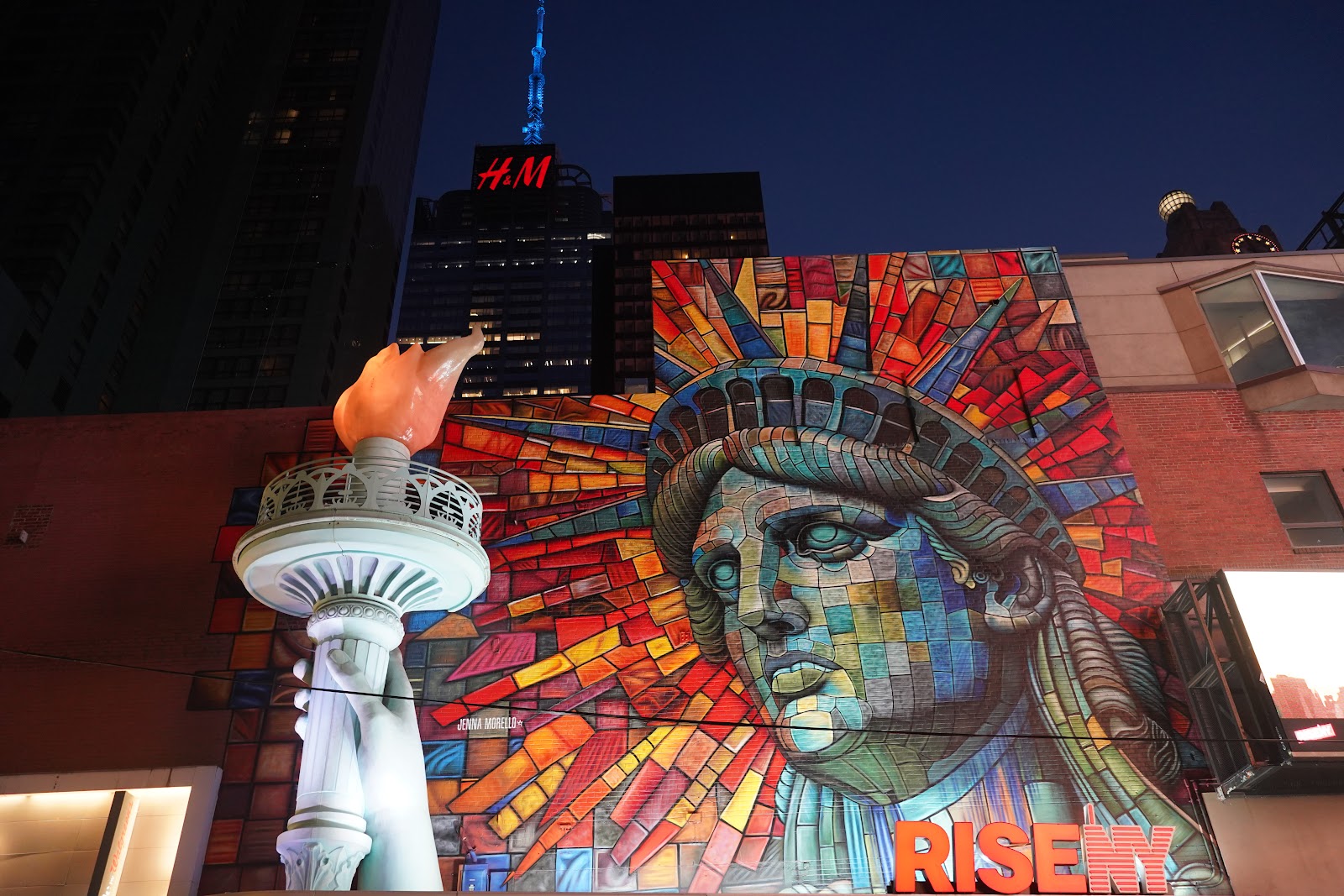





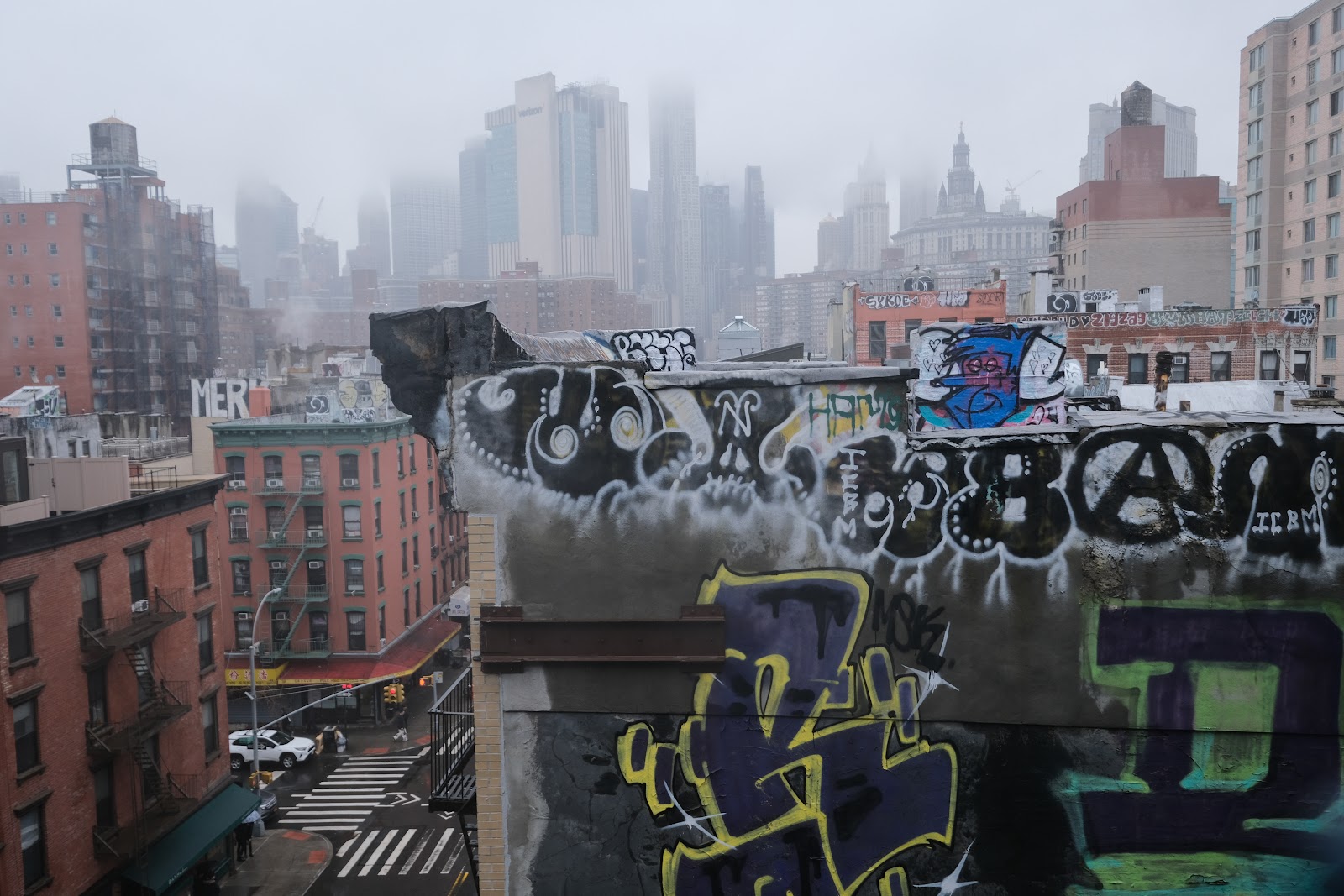

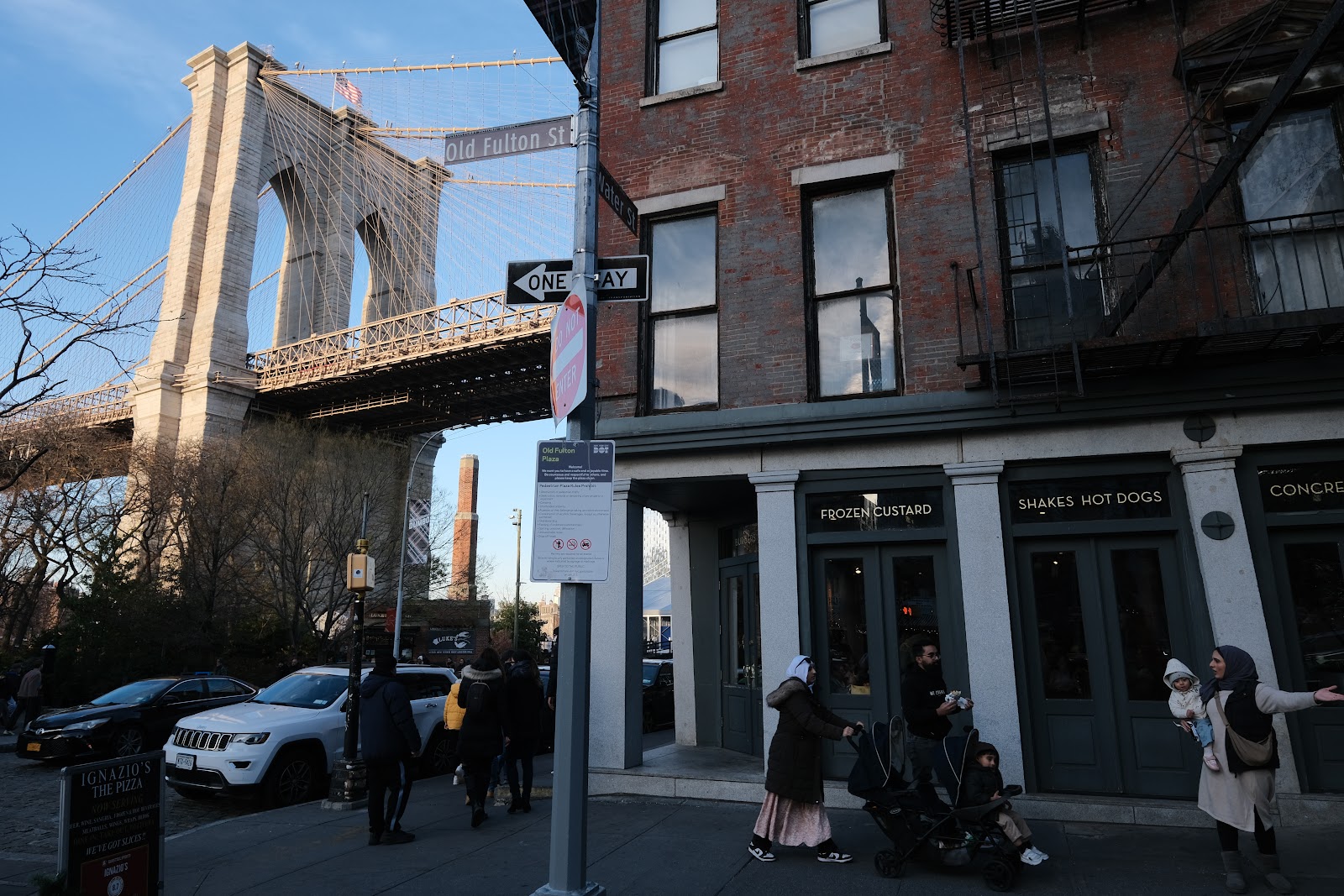





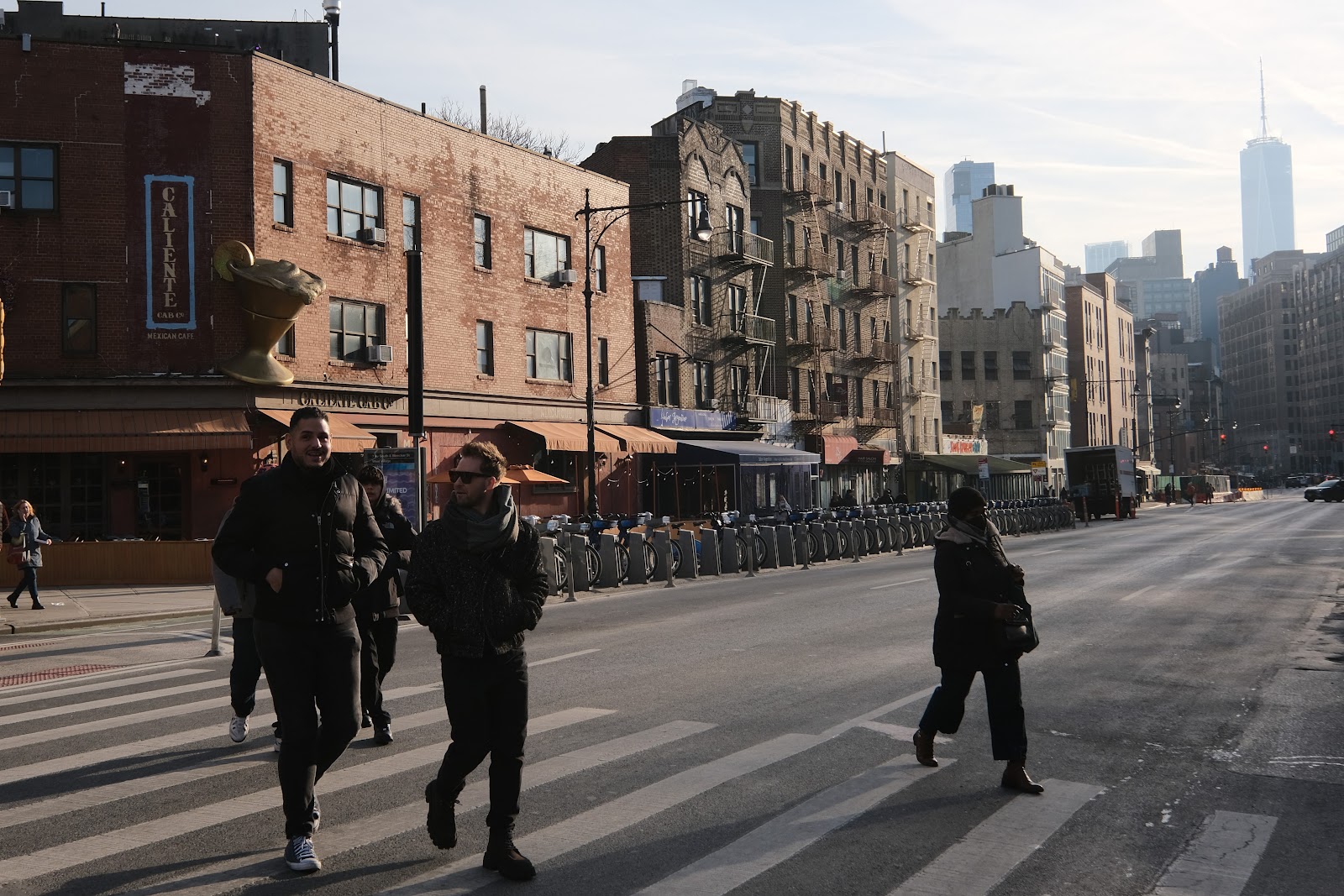







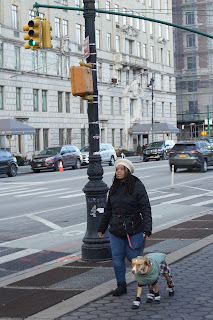
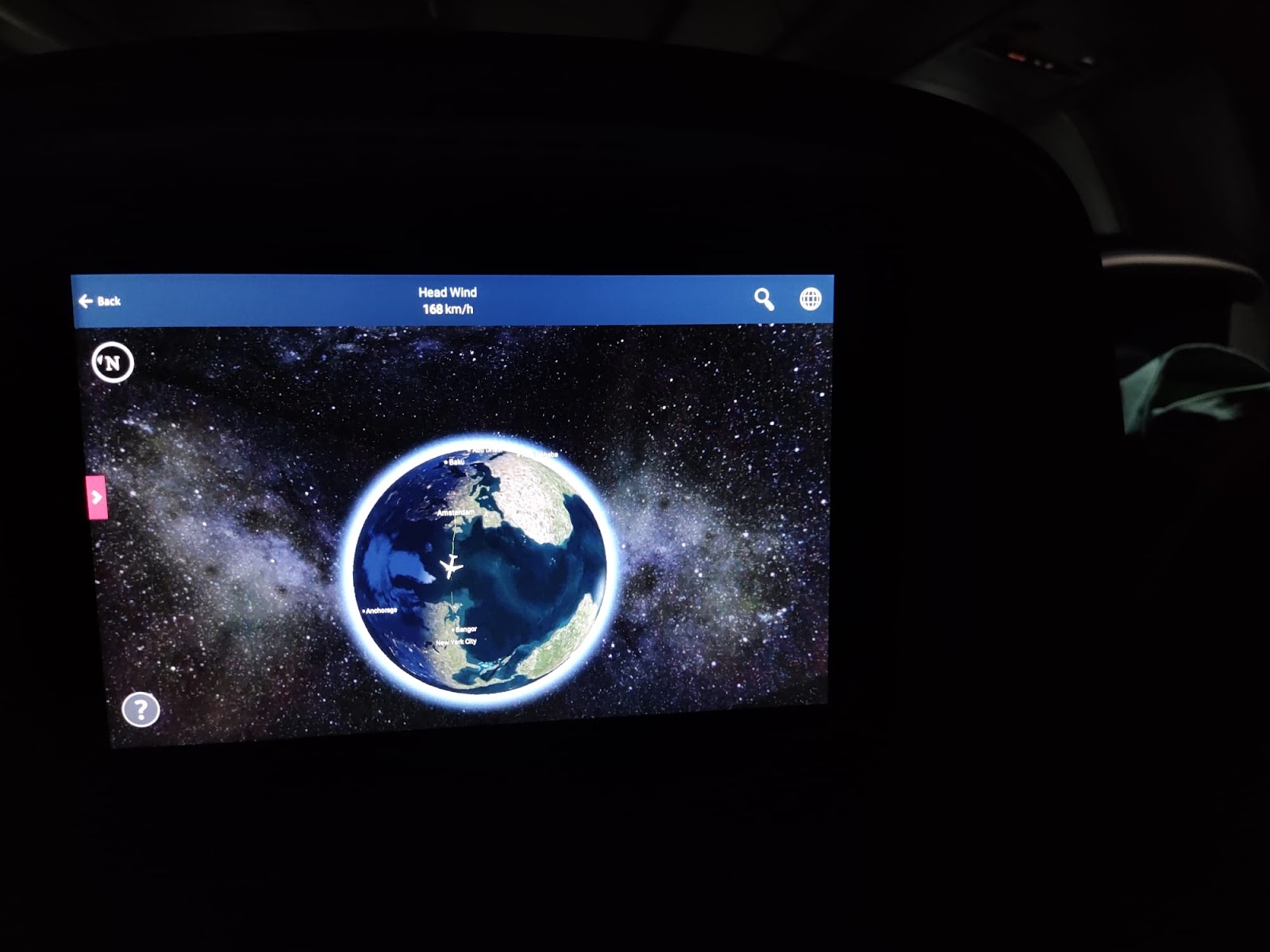





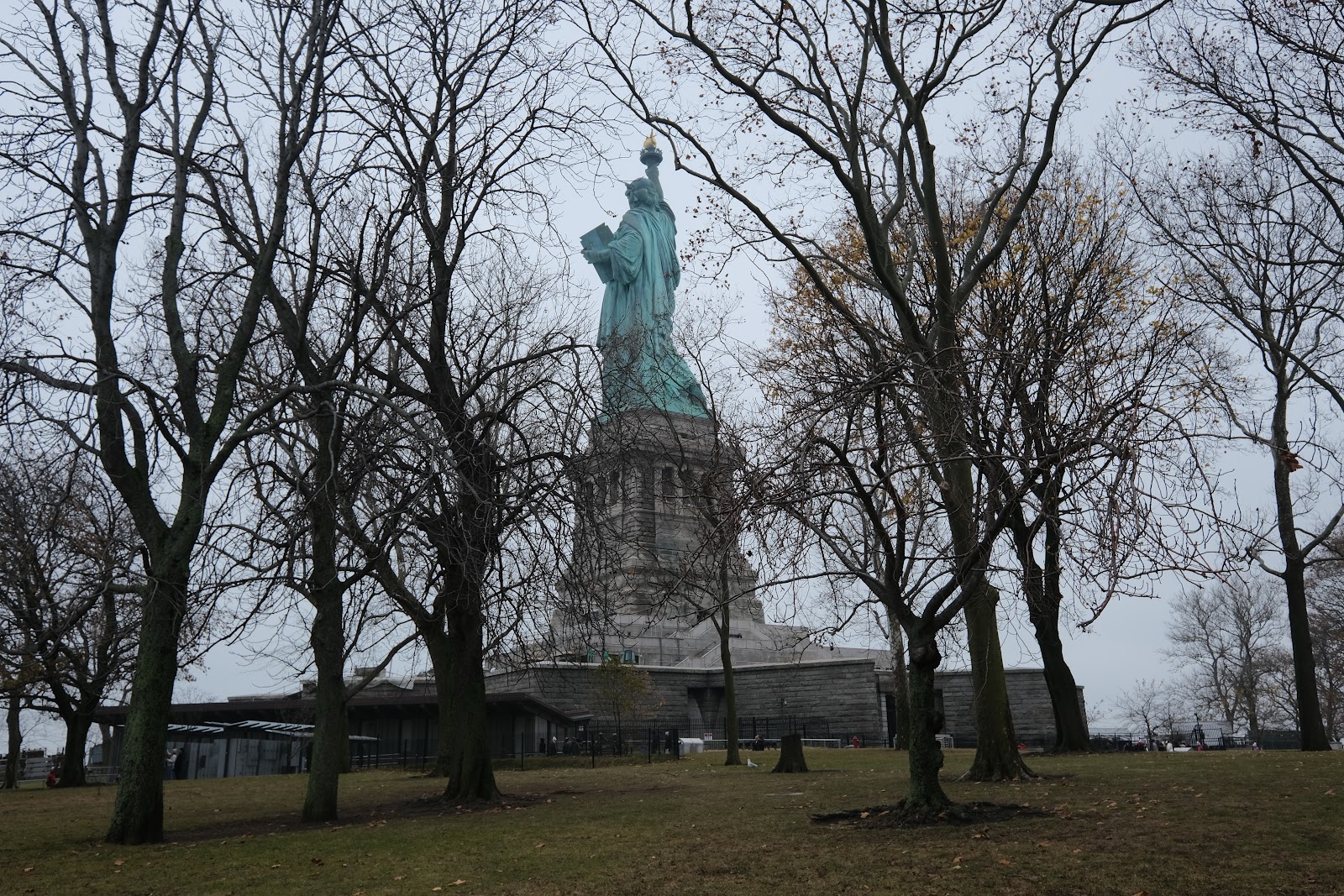
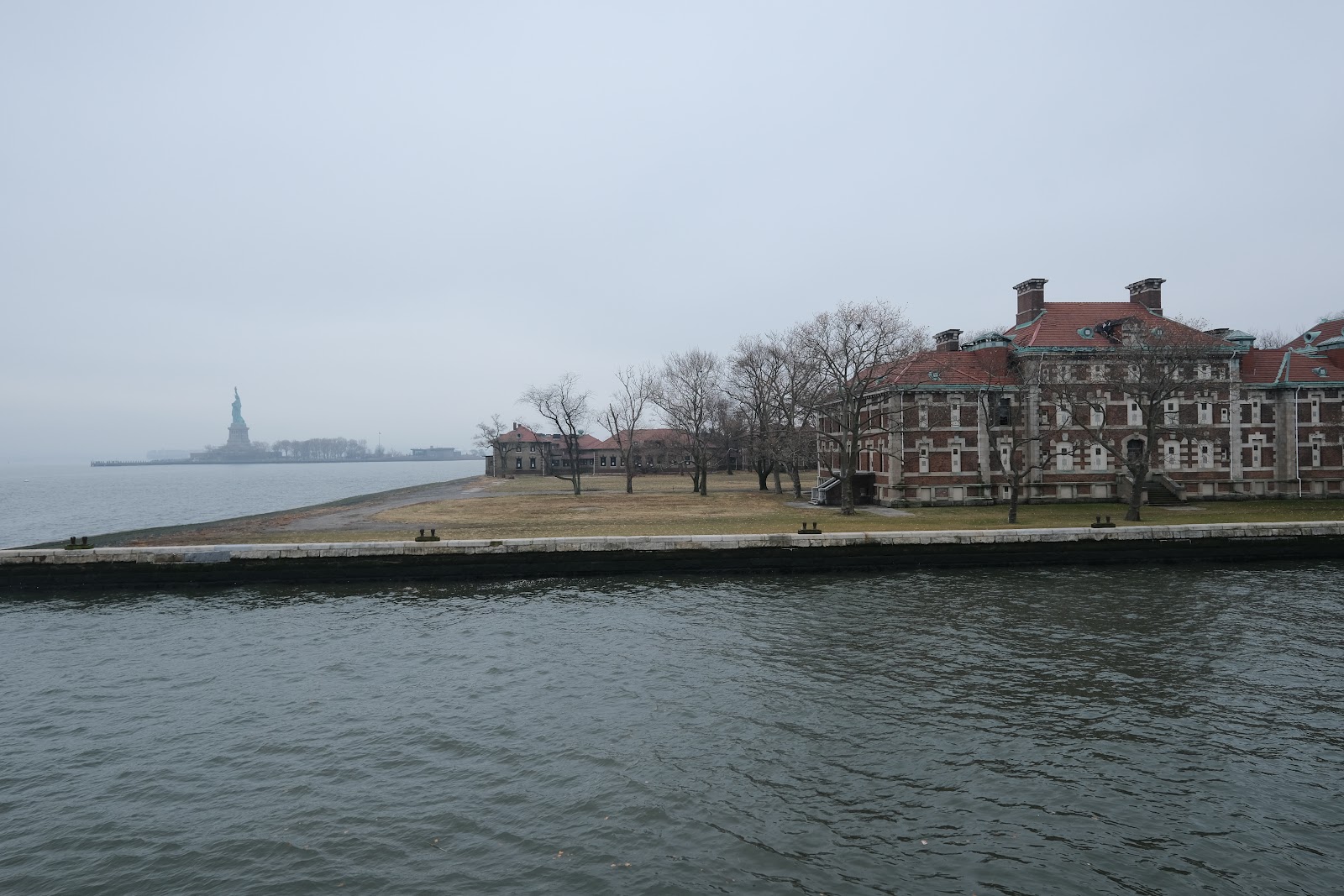



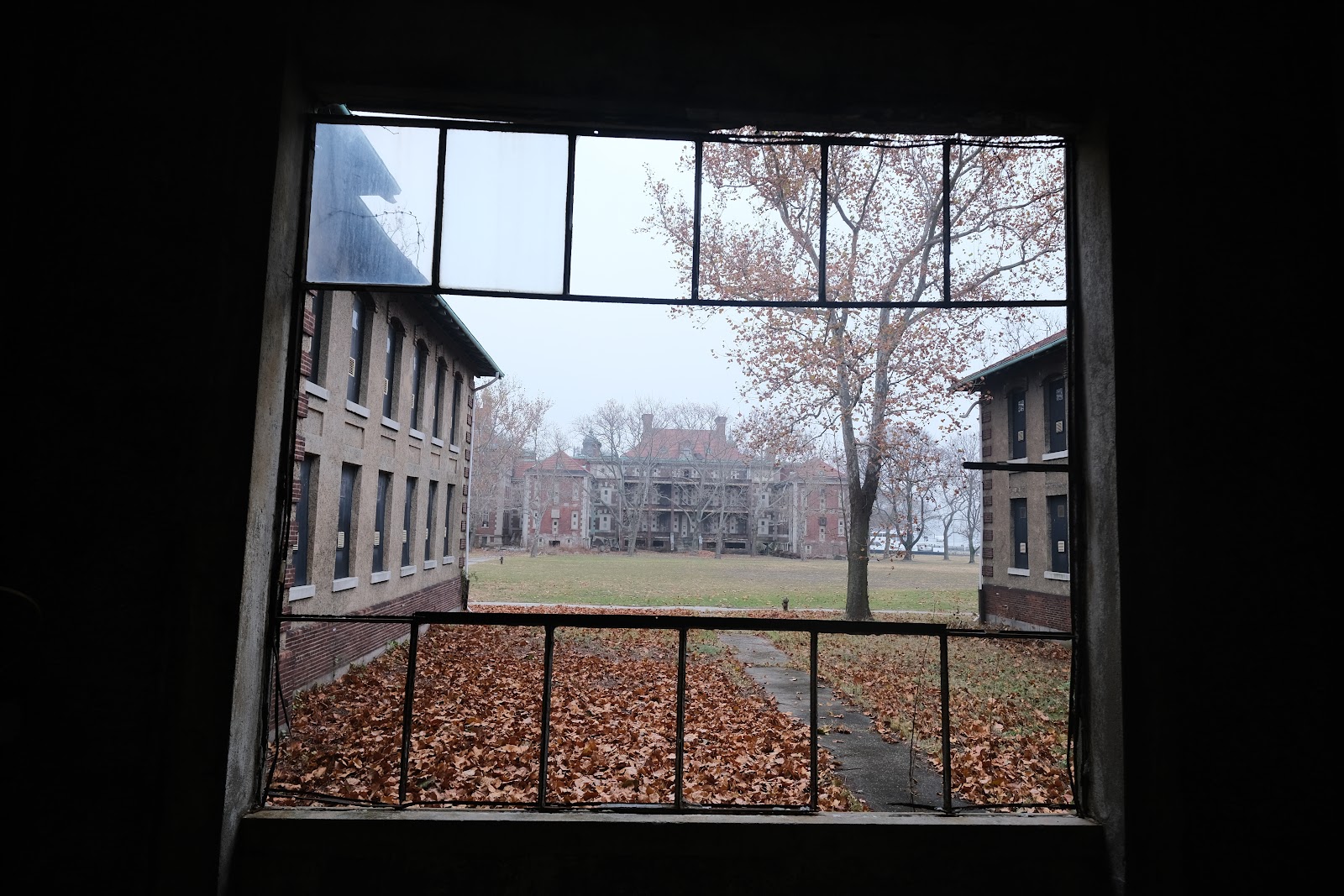
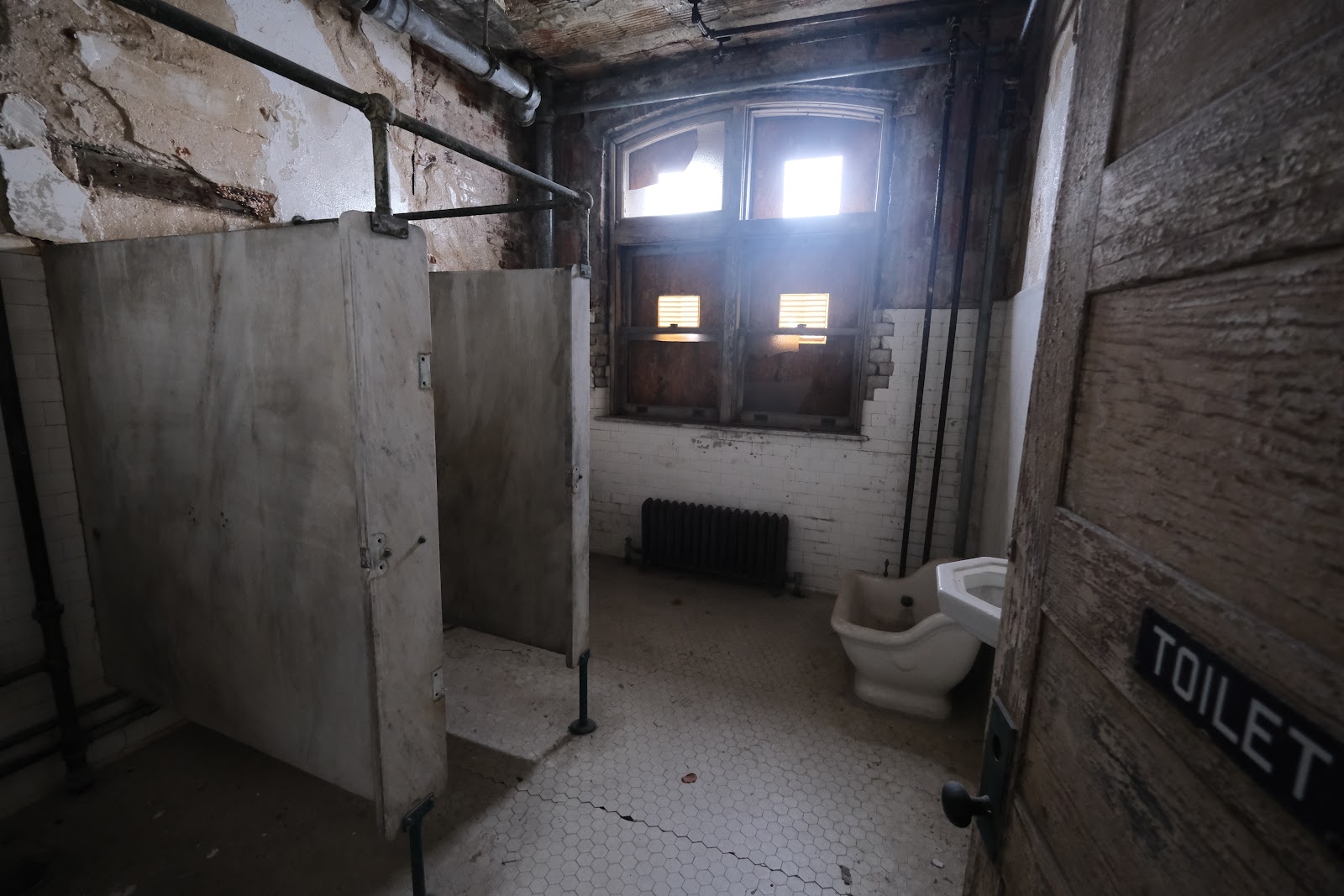











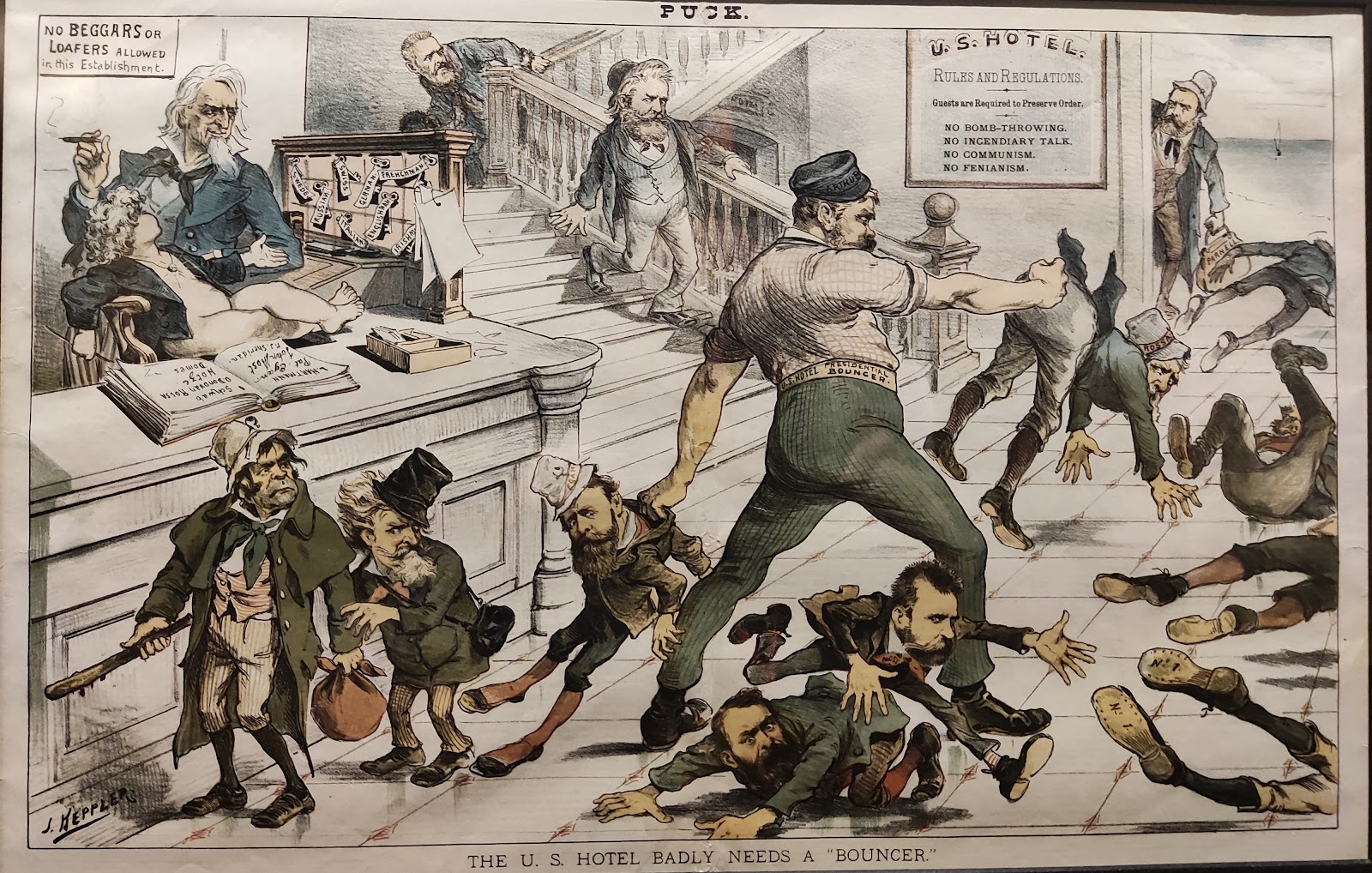

No comments:
Post a Comment